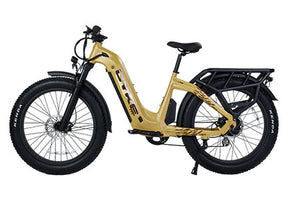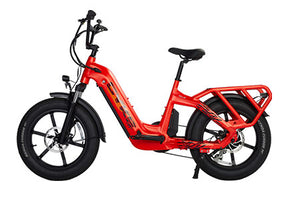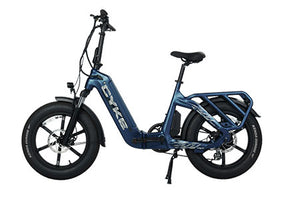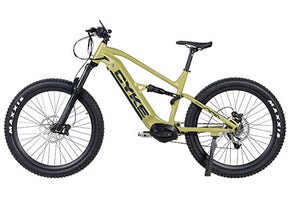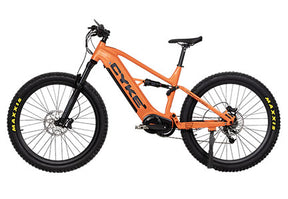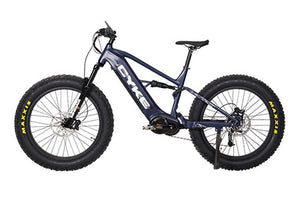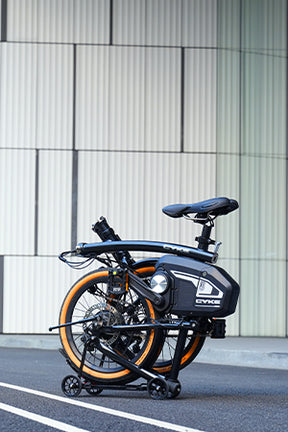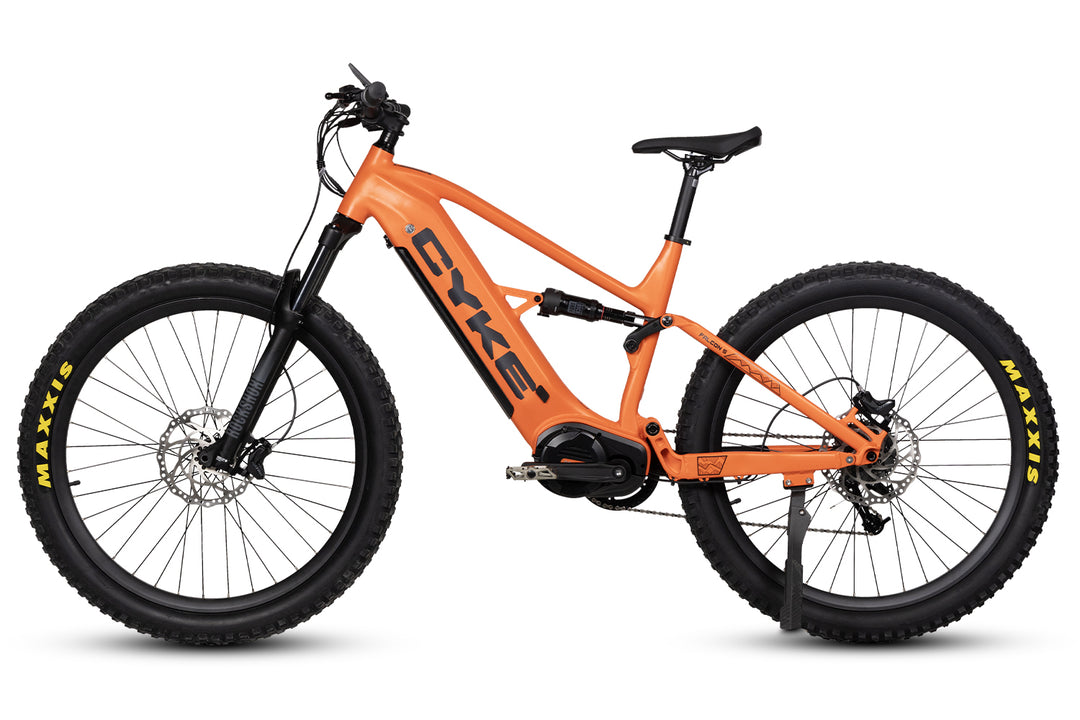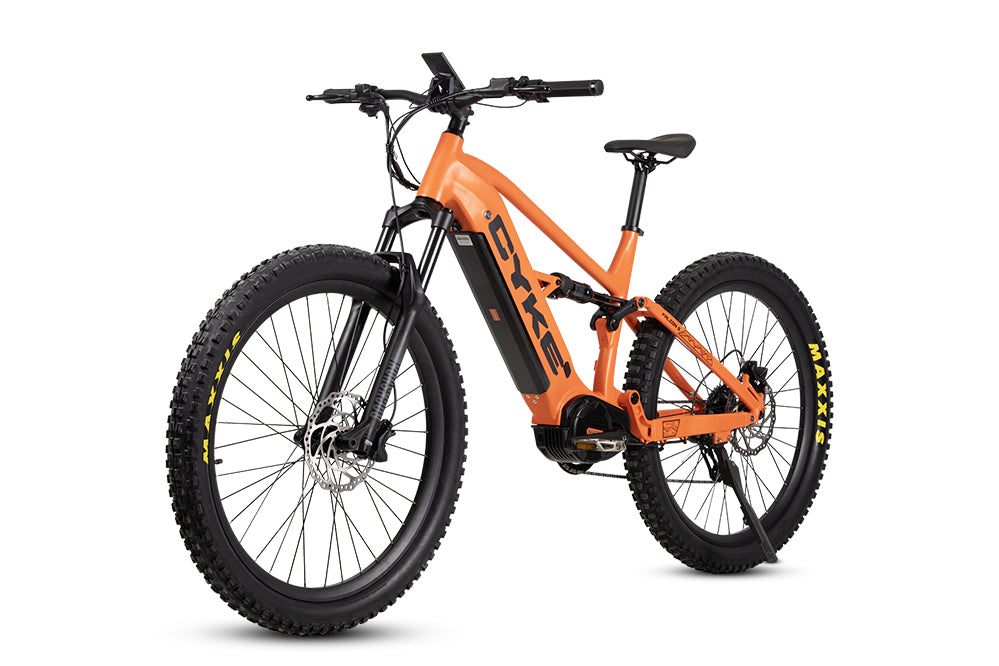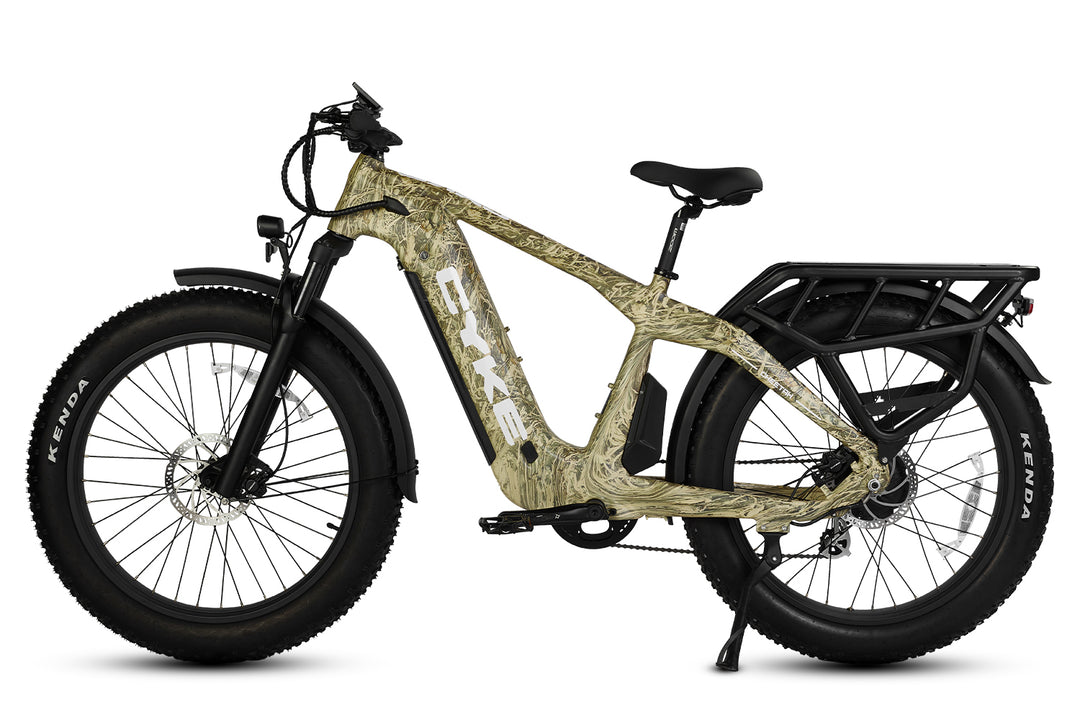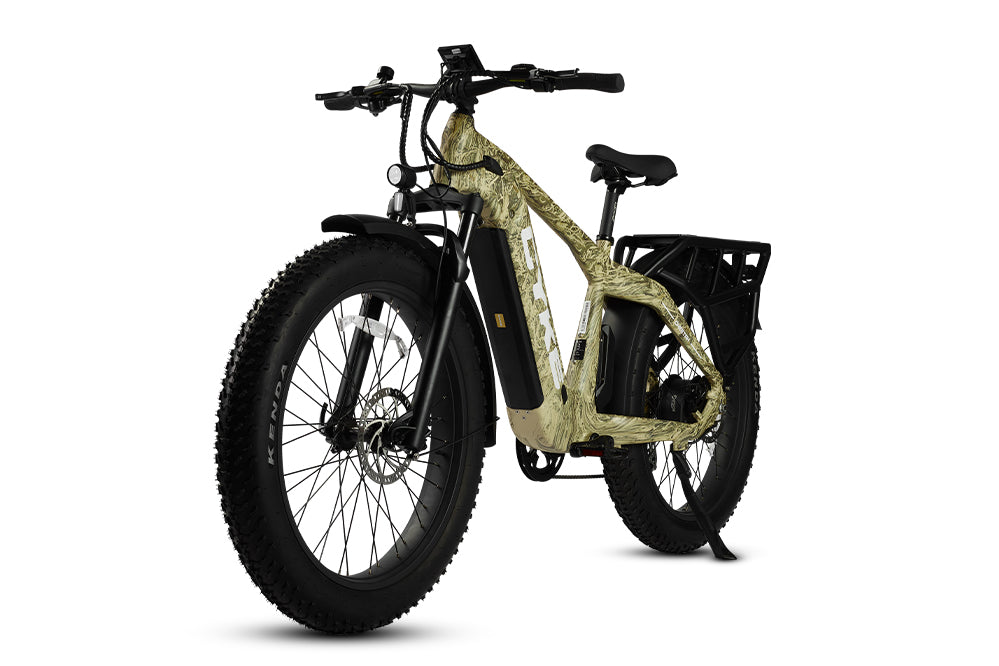E-Bike Battery Trends 2026: What U.S. Riders Can Expect Next
E-bikes are everywhere in America’s cities, and their ride quality depends on the battery inside.
Riders want bikes that go far, are more reliable, and are safe. Therefore, in the U.S. e-bike market, batteries are getting big upgrades. By 2026, we’ll see new safety standards, charging efficiency, sustainability, and smarter battery systems.
For example, CYKE Bikes already meet the strict TÜV-certified UL 2849 standard. That means CYKE sets a high bar for safety and quality. This means you can ride with confidence knowing your battery meets strict safety requirements.
E-bike battery trends 2026 will transform how we think about e-bike power systems. From smarter charging to better recycling programs, the future looks bright for American riders.
The Evolution of E-Bike Batteries in the U.S.
Electric bikes use voltage systems for power. In the U.S., most e-bikes today run on 48V battery packs. The 48V standard is popular because it balances power and safety.
Over time, the cells inside have grown larger. The older 18650 cells are being replaced by 21700 cells, which are about 21 mm by 70 mm in size. These 21700 cells can store about 20% more energy than the old 18650 cells.
In simple terms, this means the new packs hold more “energy” in the same space. They also run cooler and last longer. This means riders can go further on a single charge without worrying about their battery overheating.
For example, the CYKE Falcon S Full-Suspension e-bike uses a 48V/20Ah (960Wh) battery built with LG 21700 cells. Because of this larger battery, the Falcon S can go up to about 65 miles on one charge. This shows how forward-thinking companies are adopting better technology before it becomes mainstream.
In short, the shift from 18650 to 21700 battery cells marked a turning point in e-bike battery technology. It gives riders longer rides and more stable power without needing a bigger pack. And you know the batteries will last for years with proper care.
Key E-Bike Battery Trends to Watch in 2026
Higher Energy Density & Longer Range
Battery capacity keeps growing. Higher energy density means more power in the same size package. This is what riders really want: going further without making the bike heavier or bulkier.
The CYKE’s Cheetah fat tire e-bike uses a 960Wh battery, which is roughly double what many older e-bikes had. This massive capacity lets riders cover a range of up to 100 miles on a single charge. Whether you're commuting across town or exploring off-road trails, you won't run out of power halfway through your adventure.
E-bike battery trends 2026 point toward even larger capacities becoming common. Expect to see 1000Wh batteries in more mid-range models. For riders, that means fewer stops to recharge and more freedom to explore.
Faster Charging & Smarter Management
Nobody likes waiting hours for their battery to charge. The good news is that new chargers and BMS electronics can fill your battery in half the time compared to older models.
A Battery Management System (BMS) is like a tiny computer inside the pack. It balances charging across all cells. Also, it monitors temperature to prevent overheating. And finally, help your battery last longer by preventing common types of damage.
Industry analysts see better thermal management and BMS as growing trends. The integration of intelligent BMS and IoT-enabled features is enhancing performance, safety, and connectivity, leading to wider e-bike adoption.
Solid-State Batteries on the Horizon
Unlike current lithium-ion batteries that use liquid electrolytes, solid-state e-bike batteries use solid electrolyte. This design can pack in more energy, faster charging, a longer lifespan, and greatly reduce fire risk.
While solid-state batteries won't be everywhere in 2026, early versions will start appearing. The main challenge is bringing down the cost. As production scales up, prices will drop.
Riders should keep an eye on this technology. When solid-state batteries become affordable, they'll change everything about e-bike performance.
Modular & Swappable Designs
Modular designs let you carry an extra battery and replace it in minutes, doubling your ride time without waiting. Many new e-bikes will let different models share the same pack or allow quick swaps.
This innovation offers major advantages, like extended range with dual-battery setups, faster recharging through swapping, and greater flexibility for both charging and transport.
You could keep a spare battery charged and ready. Or upgrade to a higher capacity without buying a whole new bike. This flexibility puts more control in your hands.
Safety and Certification Take Center Stage
UL 2849 Certification Becomes the Norm
News stories about battery fires have made people worried. That's why certification standards like UL 2849 are becoming essential. This certification tests batteries under extreme conditions to ensure they won't fail when you need them most.
By 2026, many brands will aim to meet UL 2849 as a rule. In fact, all current CYKE bike models have already passed TÜV certification for e-bike battery safety UL 2849. This offers riders peace of mind.
You know your battery has passed rigorous testing. It won't overheat during long rides. It can handle bumps and vibrations without damage. And it includes multiple safety features to prevent problems before they start.
Improved Battery Housing and Fire Prevention
E-bike battery innovations in housing design protect your battery from the elements. New designs use stronger materials that resist impacts. Waterproofing keeps moisture out, even in heavy rain. And better ventilation prevents heat buildup during hard rides.
Fire prevention technology has improved dramatically. Modern batteries include thermal cutoffs that shut down the system if temperatures get too high. Some even use flame-retardant materials in the casing. Multiple layers of protection ensure that even if something goes wrong, you stay safe.
Sustainability & Recycling in the Battery Lifecycle
Battery production uses valuable resources. Mining lithium and cobalt creates environmental challenges. That's why recycling programs are becoming more important.
New recycling methods can recover up to 95% of materials from old batteries. These materials go back into making new batteries. This reduces the need for mining and lowers environmental impact.
Battery design itself is changing to make recycling easier. Modular construction means you can replace worn-out cells instead of throwing away the entire battery. This saves money and reduces waste.
Local Manufacturing & Supply Chain Resilience
As batteries become ubiquitous, how we make and reuse them matters. Many e-bike companies are focusing on local manufacturing and supply chains to cut costs and emissions.
Building batteries closer to home reduces shipping and allows faster support. CYKE, for instance, combines its Chinese production with North American logistics and service network to support this transition.
When batteries are made nearby, repairs happen faster. You can get replacement parts without waiting weeks for international shipping. And local jobs grow, supporting communities.
Conclusion: Smarter, Safer, and More Sustainable Power
By 2026, e-bike batteries will be all around smarter, safer, and more sustainable. Riders will enjoy longer rides and shorter charge times thanks to bigger, higher-density packs and advanced BMS controls.
And companies like CYKE are already setting examples by meeting tough safety standards and building U.S. support networks. As more manufacturers follow their example, the entire industry will benefit. You'll have more choices, better performance, and greater peace of mind.
In short, the e-bike battery trends 2026 point to batteries to deliver power that is smarter, safer, and more sustainable than ever before.

